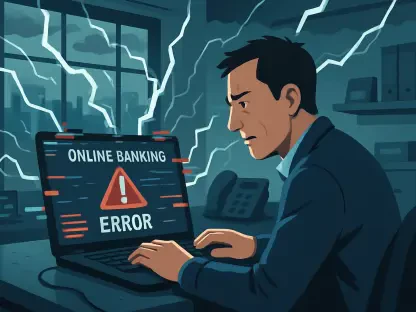The Barings Bank collapse remains one of the most notorious financial scandals in modern history. The scandal centered around rogue trader Nick Leeson, whose fraudulent activities led to the bankruptcy of one of the United Kingdom’s oldest banks. A key episode in the podcast series “The Corruption Files,” hosted by Tom Fox and Mike DeBernardis, examines how this catastrophe unfolded, focusing on systemic failures within the bank’s operation and a lack of proper oversight. Leeson’s manipulation of trading records and unauthorized speculative trades resulted in losses exceeding £800 million. His actions exploited fundamental weaknesses in Barings Bank’s structure, highlighting the dire consequences that can arise from inadequate internal controls.
The Role of Segregation of Duties
Central to the Barings Bank debacle was a critical breakdown in the segregation of duties (SOD). SOD is a cornerstone of financial control measures, designed to prevent conflicts of interest and reduce the potential for fraudulent activities. In the case of Barings Bank, Leeson managed both trading and settlement duties, creating an environment ripe for deceit and manipulation. This lack of clear role delineation allowed Leeson to maintain his fraudulent activities without immediate detection, ultimately leading to massive financial losses. The podcast outlines how the absence of SOD within Barings underscores the need for such controls to ensure transparency and accountability in financial operations. This case serves as a stark reminder that rigorous compliance measures are essential to safeguard against fraud.
Insights from the Fraud Triangle
The collapse of Barings Bank stands as one of modern history’s most infamous financial scandals. This disaster was orchestrated by rogue trader Nick Leeson, whose fraudulent actions led to the bankruptcy of one of the oldest banks in the United Kingdom. In the podcast series “The Corruption Files,” hosted by Tom Fox and Mike DeBernardis, a key episode dissects how this catastrophe happened, spotlighting systemic failures and a lack of proper oversight within the bank. Leeson’s manipulation of trading records and unauthorized speculative trades culminated in losses exceeding £800 million. His actions took advantage of fundamental weaknesses in Barings Bank’s structure, revealing the severe consequences that can emerge from inadequate internal controls. This case underscores the critical need for robust risk management and vigilant oversight to prevent such a financial collapse. The Barings Bank incident serves as a stark reminder of what can go wrong when internal checks and balances are not rigorously enforced.









